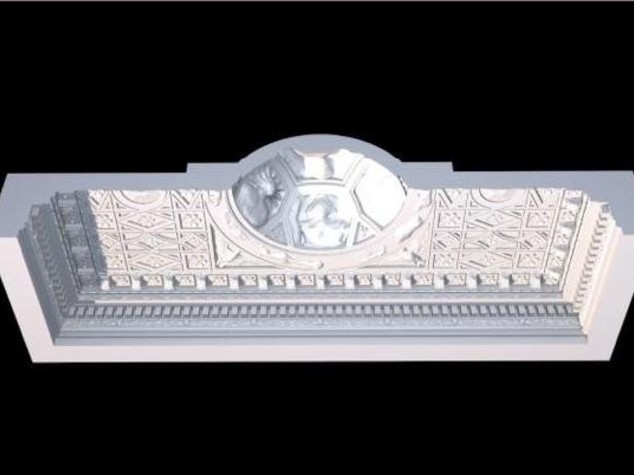Italy reconstructs three monuments destroyed by ISIS
(AGI) Rome, Sept 15 - The Winged Bull of Nimrud, the Hall of Ebla's Royal Archiv...

(AGI) Rome, Sept 15 - The Winged Bull of Nimrud, the Hall of Ebla's Royal Archives, the roof of the Temple of Bel in Palmyra: monuments in three cradles of Mediterranean and Middle Eastern civilisation that were either destroyed or damaged by the fury of ISIS, which have now been brought back to life by Italy through high-tech means. The results of a meticulous 1:1 scale reconstruction process, carried out by three Italian companies through the use of modern technology and sophisticated materials, will be presented at the Coliseum in Rome with the exhibition "Rinascere dalle distruzioni - Ebla-Nimrud-Palmira" (Rebirth after destruction: Ebla-Nimrud-Palmyra). The UNESCO-sponsored exhibition will be inaugurated by Italian President Sergio Mattarella on Oct. 6 and will close on Dec. 11. It is the crowning achievement of two years of efforts by the Associazione Incontro di Civilta', an association devoted to dialogue among civilisations chaired by former Culture and Tourism Minister Francesco Rutelli. The association presented the results of its work on Thursday at the headquarters of the Foreign Press Association (Associazione della Stampa Estera), The three monuments destroyed by ISIS, reborn via modern technology thanks to the Italian iniative, were located in Nimrud, Ebla, and Palmyra. -Nimrud, located on the banks of the Tigris south of Mosul in Iraq, was the capital of the Assyrian Empire. The site is legendary among Oriental archaeologists for its epigraphical and artistic remains and its acropolis filled with monuments, palaces, and temples. The winged bull statue that stood at the entrance of the city no longer exists. It decorated the so-called north-west palace of Ashurnasirpal II (reigned from 883-859 BC). In April 2015, ISIS published a video showing the destruction of the site with pickaxes and bulldozers. - Roof of the Temple of Bal in Palmyra. The temple was consecrated to the Mesopotamian god Bel. Palmyra was a powerful city on the edge of the Roman Empire that existed from the 1st century BC to the 3rd century AD. It fell under Roman rule and was later destroyed by Aurelian, though much of it was left intact. ISIS damaged portions of the 43,000 square metre site with explosives and also destroyed another temple dedicated to the sky deity Baalshamin. - The Hall of Ebla's Royal Archives, one of the birthplaces of writing, was devastated by war and is currently in an appalling state. Ebla, where La Sapienza University of Rome began excavations in 1964, was the capital of one of the earliest known kingdoms in Syria, which almost reached the size of an empire. The archives had an inventory of 17,000 items and were built in the 24th century AD. They were sacked in early 2015 by ISIS and militants from the former Al Nusra Front, affiliated with al-Qaeda. (AGI). .

